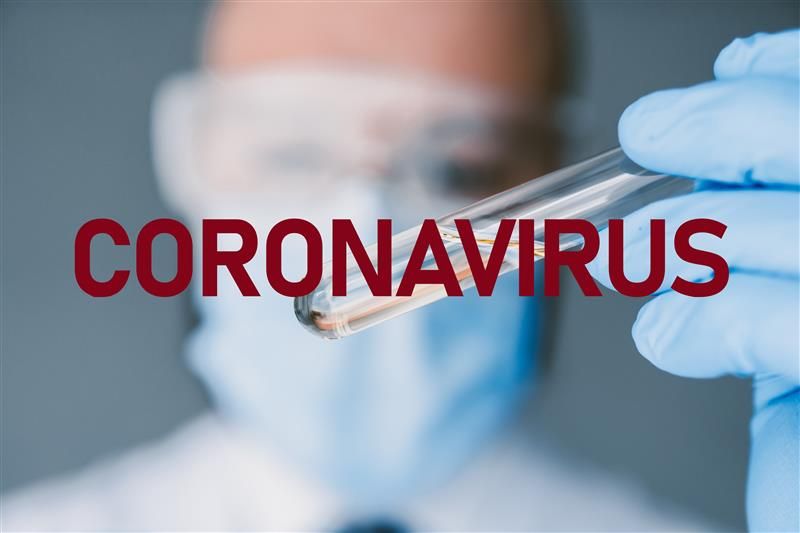Less Nasal ACE2 May Explain Fewer COVID-19 Cases in Children
Less ACE2 in nasal epithelium in children could present barrier to SARS-CoV-2 and explain the lower observed rate of pediatric infections.

A new study found that children have less angiotensin-converting enzyme 2 (ACE2) in nasal epithelium than older populations, which might confer some protection against SARS-CoV-2 entering cells at this vulnerable site for infection and transmission, and explain their lower incidence of coronavirus 2019 (COVID-19).
Recognizing the key role of ACE2 in SARS-CoV-2 host entry, the common transmission from and uptake to the nasal epithelium, and the apparent lower risk for children contracting COVID-19, Supinda Bunyavanich, MD, MPH, of the Ichan School of Medicine at Mount Sinai, and colleagues investigated whether their nasal ACE2 levels differed from those in other age groups.
"The results from this study show age-dependent expression of ACE2 in nasal epithelium, the first point of contact for SARS-CoV-2 and the human body," Bunyavanich and colleagues reported.
The investigators retrieved nasal epithelium samples that had been collected from 305 individuals aged 4-60 years old between 2015-2018 for a study on nasal biomarkers in asthma.
This new analysis examined gene expression of ACE2, with results stratified by developmental life stages: younger children (age <10 years), older children (10-17 years), young adults (18-24 years) and adults (≥ 25 years). A limitation of this study, they note, was the sample not including individuals older than 60 years.
Applying linear regression with ACE2 gene expression as the dependent variable and age group as the independent variable, Bunyavanich and colleagues determined that compared with younger children, ACE2 gene expression was significantly higher in older children (P = .01), young adults (P< .001) and adults (P = .001).
Subsequent control for sex and asthma left an independent association between ACE2 expression and age.
The investigators noted that few studies have examined the relationship between ACE2 in the airway and age, but that one had examined bronchoalveolar lavage fluid from 92 patients with acute respiratory distress and had found no association between ACE2 protein activity and age.
Bunyavanich and colleagues pointed out, however, that this study had not examined epithelial gene expression, and that ACE2 protein may variably shed into bronchoalveolar lavage fluid.
In an accompanying editorial, Ankit Patek, MD, PhD, and Ashish Verma, MBBS, Renal Division, Brigham and Women's Hospital, welcomed the novel results associating levels of ACE2 gene expression in nasal epithelium with age, and the possibility that low levels could decrease acquisition of SARS-CoV-2 infection.
While agreeing with Bunyavanich and colleagues that the expression of ACE2 in the lower respiratory tract is not related to its expression in nasal epithelium, Patek and Verma suggested that further study of tissue expression of ACE2 in the lower respiratory tract of children may nevertheless be helpful in understanding differences in the severity of COVID-19 among children compared with adults.
"Previous studies have found ACE2 to play a protective role in severe lung injury in ACE2 knockout mice," Patek and Verma observed. "If ACE2 can mitigate lung injury but serves as a receptor for viral entry, then is more ACE2 or less ACE2 expression protective for children?"
Patek and Verma point to a new study, recently announced by the NIH, that will prospectively follow 6000 children to determine risk factors for development of COVID-19. They anticipate that this larger study (Human Epidemiology and Response to SARS-CoV-2 [HEROS]) could help identify whether less ACE2 expression in nasal epithelium correlates with lower rates of SARS-CoV-2 infection.
In that event, they suggested, it could serve to support “the possibility that decreasing ACE2 expression in the nasal epithelium might be a potential therapeutic approach to mitigate transmission of COVID-19.”
